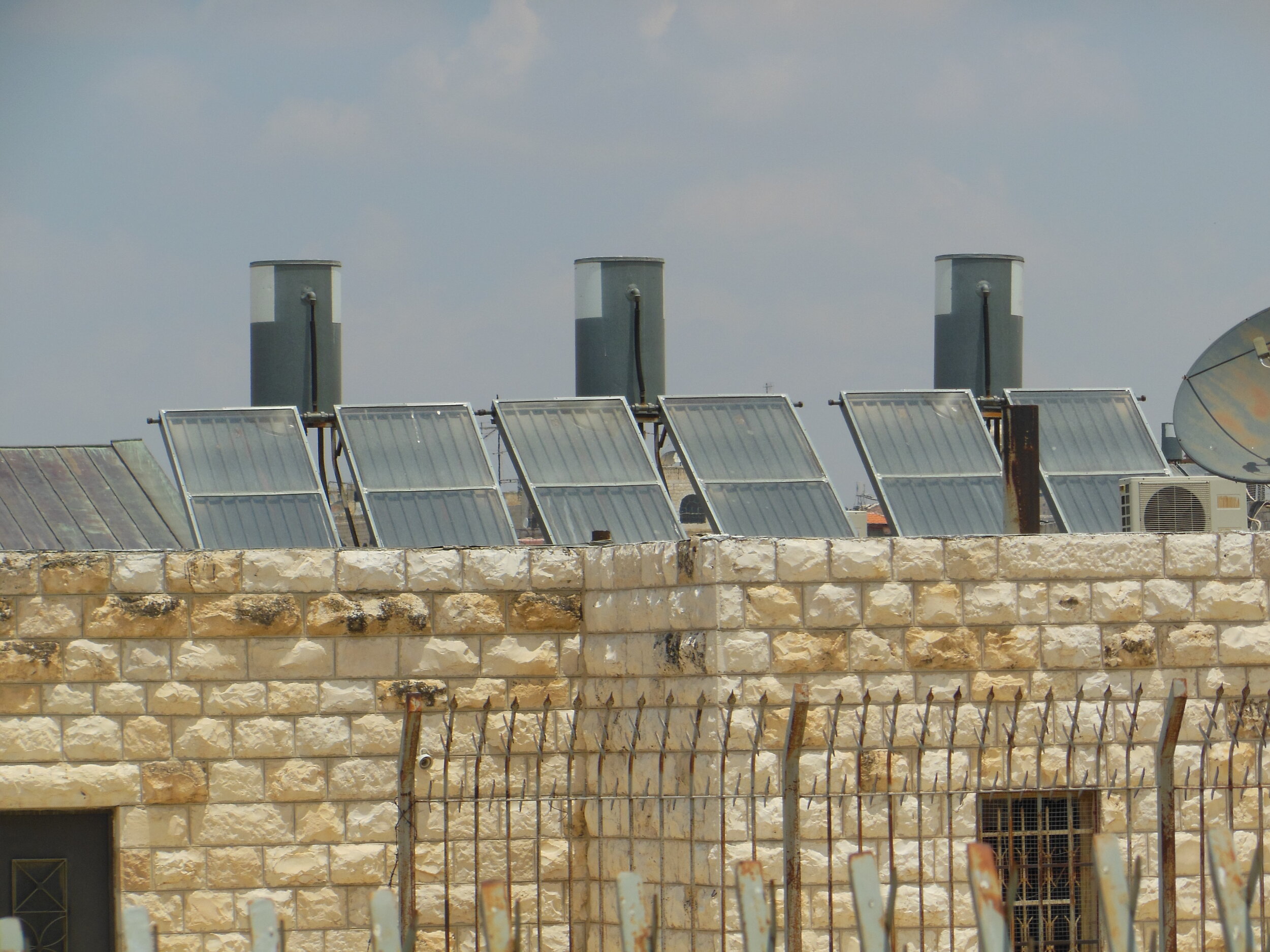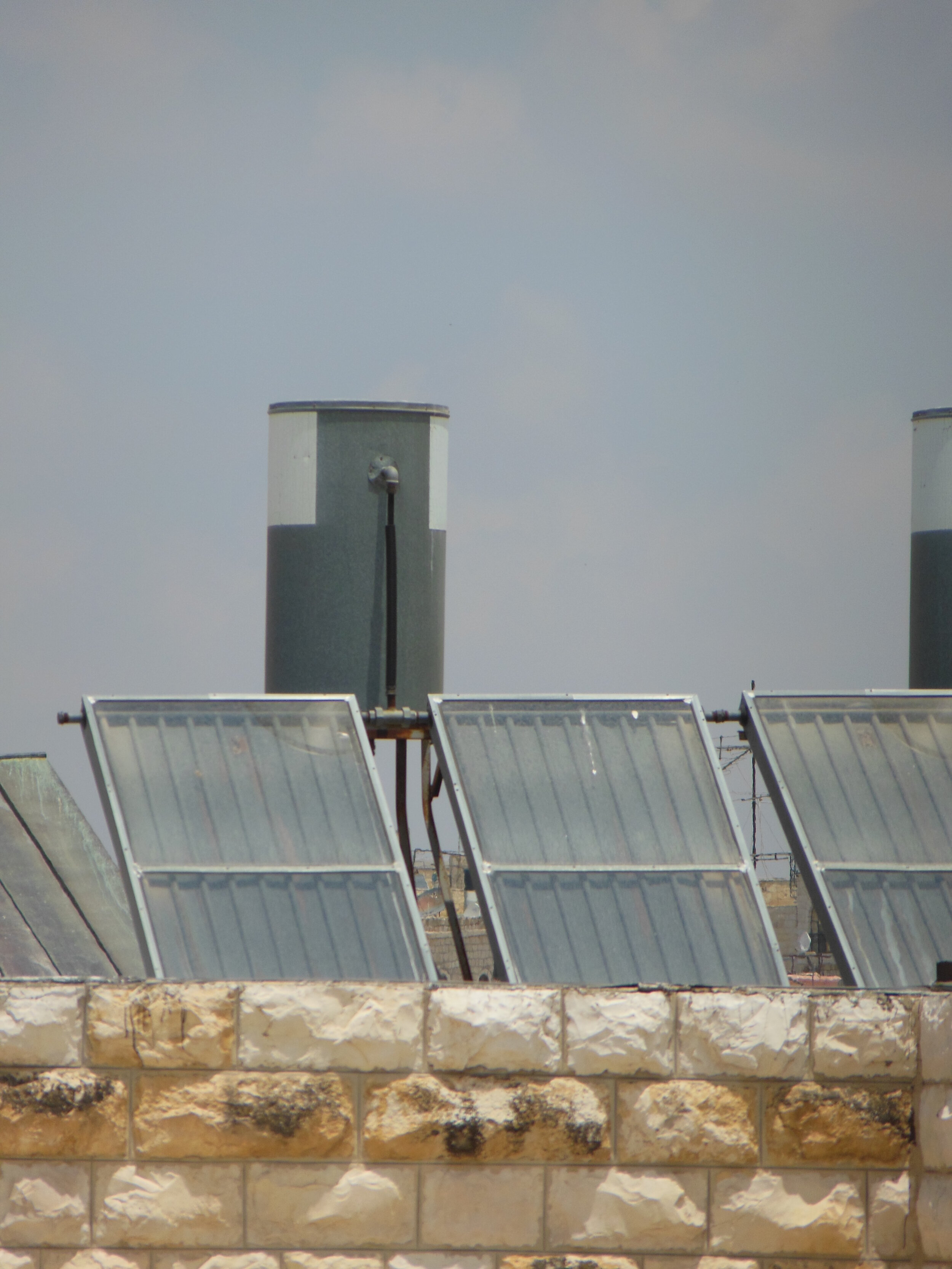Water Power
Geography and culture impact the way communities use water. Here is a look at some of my observations while in India, Israel, and Turkey on a trip in 2014.
Mills at the Riverside
At the riverside of some communities in Northern India, you might find small water powered mills. These mills were originally built for cutting lumber, but when the government made it illegal to cut down trees in the Himalayan foothills, many mills were converted to prepare flour. Lumber can be purchased from government run tree farms. Unfortunately I was unable to visit one of these mills when I was there.
I met a German engineer while in India. He told me about a Nepali trade’s person who designed a different kind of wheel which would provide greater turning efficiencies for traditional mills. During the day the water would turn the water wheel in order to operate the purely mechanical systems for preparing flour. At night, when work has stopped, the turn-shaft could easily be connected to a magnet to spin inside a simple copper coil, in other words, a generator. This system would enable small communities to generate their own electricity. Although electricity is cheap in this region, supply can be unpredictable in this region of India. The unstable nature of the supply is one of the reasons why homes are heated with gas, and not electricity.
There is great potential for micro-hydro turbine projects in the Himalayas. The mill turbine projects would be a more culturally appropriate method for providing power, especially in remote locations. From what I have learned about these mill projects, the generator could be built by locals, with locally accessible materials.
Zahnd Alex, Haddix McKay, and Richard Komp published a paper in 2006 titled ¨Renewable Energy Village Power Systems for Remote and Impoverished Himalayan Villages in Nepal.¨ The article discusses ways to provide power to poor and remote communities in Nepal. The article looks at ways of capturing the potential energy of renewable resources including water and solar to provide lighting for households, which would otherwise be using traditional cooking fires in their homes. Check out the paper here.
Himichal Pradesh, India: After monsoon rains, immense runoff will generate impromptu waterfalls throughout the mountains.
Hot Water
Water heating practices vary greatly around the world. In much of North America the standard is to have a large, constantly heated, water tank in the basement of a house. Common fuel sources include natural gas, and electricity. In the hotter regions of the world there are passive heating options which are more practical. For example, forcing water through pipes on the roofs of buildings takes advantage of the solar potential. The water absorbs energy from the sun’s rays, and the heated water is stored in tanks. I have seen this method used widely in both Israel and Turkey. See the two images below.
This exact method only works in hot climates. A system like this in its current form would not work in cold climates. Exposed water pipes would freeze and burst. A workaround would be glycol-filled tubes on the exterior of a house. The heated glycol would then be used to heat the water with a heat exchange system. A solar water heating system for a cold climate is more complicated and does not achieve the same efficiencies as systems in desert-like climates. Factors include: hours of sunlight, percentage of direct sunlight, pipe material.
The Northern Indian climate can be cold in the winter. Based on the locations I visited on my trip I am not sure how common the solar water heating system is in India. I saw three different methods of heating water including: geysers, wood or gas heating tanks, and solar. A Geyser is a style of hot water tank used in India. Geysers are essentially a North American hot water tank on a smaller scale. A bathroom containing a geyser would be attached near the top of a wall. An electrical switch turns the tank on, in order to heat the water for a shower. As soon as the water is heated the switch can be turned off until the next time a shower is needed. This is a much more efficient use of resources than the traditional North American model. This method allows for the compartmentalization of hot water use. One or two geysers, depending on the family size, are installed in a bathroom. A smaller unit can be installed for the kitchen sink.
Another method of heating water in northern India is by using a wood-fueled heating tank. A reservoir, supplied by a water intake pipe, is heated by an adjacent furnace. The water is heated by conduction through the furnace walls. The hot water rises to the top of the reservoir and exits through a pipe entering the building. The system I saw relies on wood or any kind of flammable material, such as cardboard packaging, in order to fuel the furnace. Firewood in northern India is very expensive. It is illegal to cut down trees in some regions due to the concern for erosion in the Himalayan foothills.
Water Reservoir: Tanks are normally stored on top of the structures they supply.
An important feature of many houses in Northern India is the location of the household water reservoirs. Many houses have water tanks on their roofs. Water is pumped into these tanks awaiting use. Houses, normally built of concrete or brick, are able to support these loads. The rooftop water tanks provide adequate water pressure to the house without the use of a pump. I experienced many power outages during my visit, but I never faced a water shortage. Some mountain communities at higher elevations use hand pumps to get water.
Hand Pump: This is a local water hand pump, which has stood its ground even though a nearby building project has excavated most of the soil that used to support the pump.
~~~
Follow TheEngineeringNomad on instagram @theengineeringnomad for stories and photos.
Subscribe to the Engineering Nomad using this link via Feeds Burner or click the button below for a .xml file for your feed.


